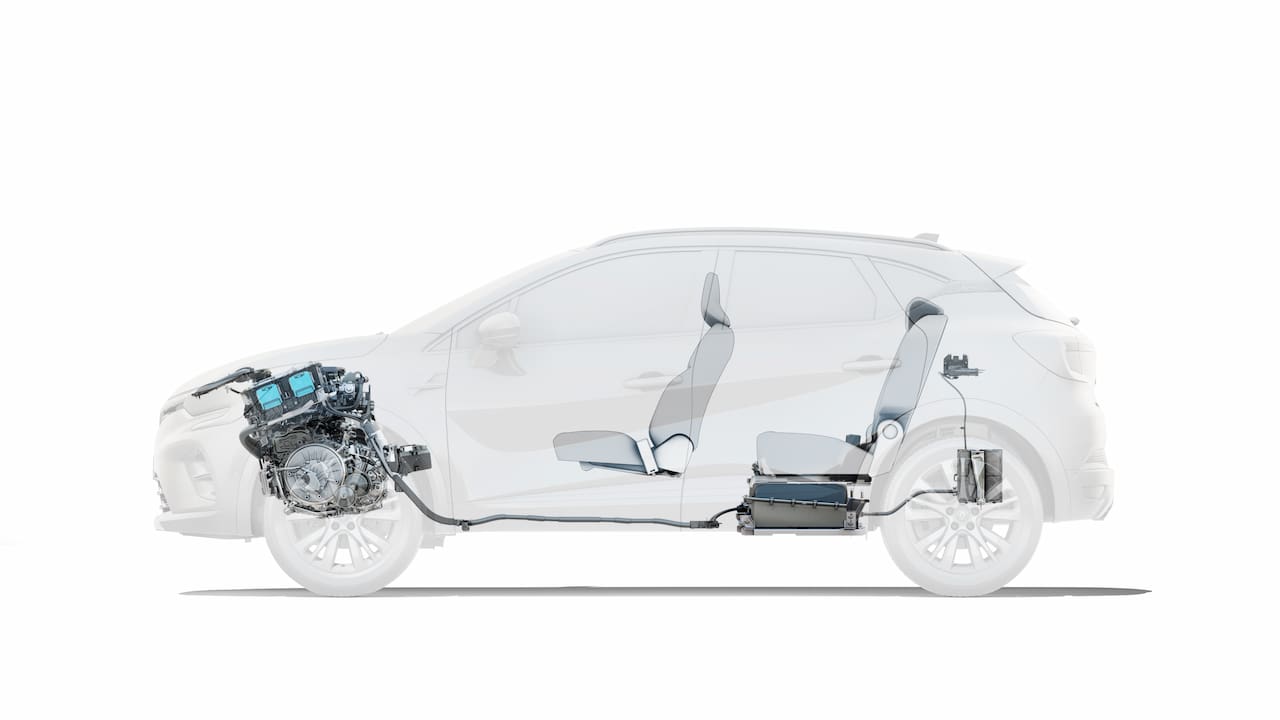On January 27, 2022, Renault–Nissan–Mitsubishi Alliance announced its new roadmap for the decade with collaborative efforts between the brands. As part of the announcement, we now have a confirmation that the next-gen Mitsubishi ASX will release early next year.
Alliance leverage
Takao Kato, President & CEO, Mitsubishi Motors, announced in his presentation for the Alliance digital conference held on January 27, 2022, that the company will reinforce its presence in Europe. The company was considering scaling-back operations in Europe in 2020, but has since partly reversed its strategy. The company chief said that the Mitsubishi will borrow Renault platforms and powertrains, including hybrid and plug-in hybrid, for its future Euro-focused models. The first of these will be new ASX, “to be launched in early 2023,” he said.
Design
Along with the announcement of the next-gen Mitsubishi ASX launch, Kato released the first teaser. The upcoming B-SUV features unusually wide headlamps that almost reach the three-diamond mark, where the designers have integrated the brand logo into a smooth panel, pronounced wheel arches, and a sloping roofline. However, it’s possible that the teaser is showing a concept version, which would mean that the production model will have conventional styling.
Powertrain


Kato didn’t reveal the platform that supports the next-gen Mitsubishi ASX, but it’s safe to assume that it will be the CMF-B. This platform will allow Mitsubishi Motors to offer the ASX in a full-hybrid variant and even a plug-in hybrid variant. It could employ Renault Captur’s 105 kW (141 bhp) hybrid and 118 kW (158 bhp) plug-in hybrid powertrains. While the Captur hybrid has a 1.2 kWh battery pack, the Captur plug-in hybrid has a 9.8 kWh battery pack that provides a pure electric range of 30 miles (WLTP). The powertrain would help reduce Mitsubishi’s fleet emissions, as it doesn’t have a BEV on sale in the continent.
With Mitsubishi retrieving from the British market last year, it continues to operate its after-sales service network, with no apparent plans to bring down the new for-Europe models.
We’ll update this story as and when new information emerges.



